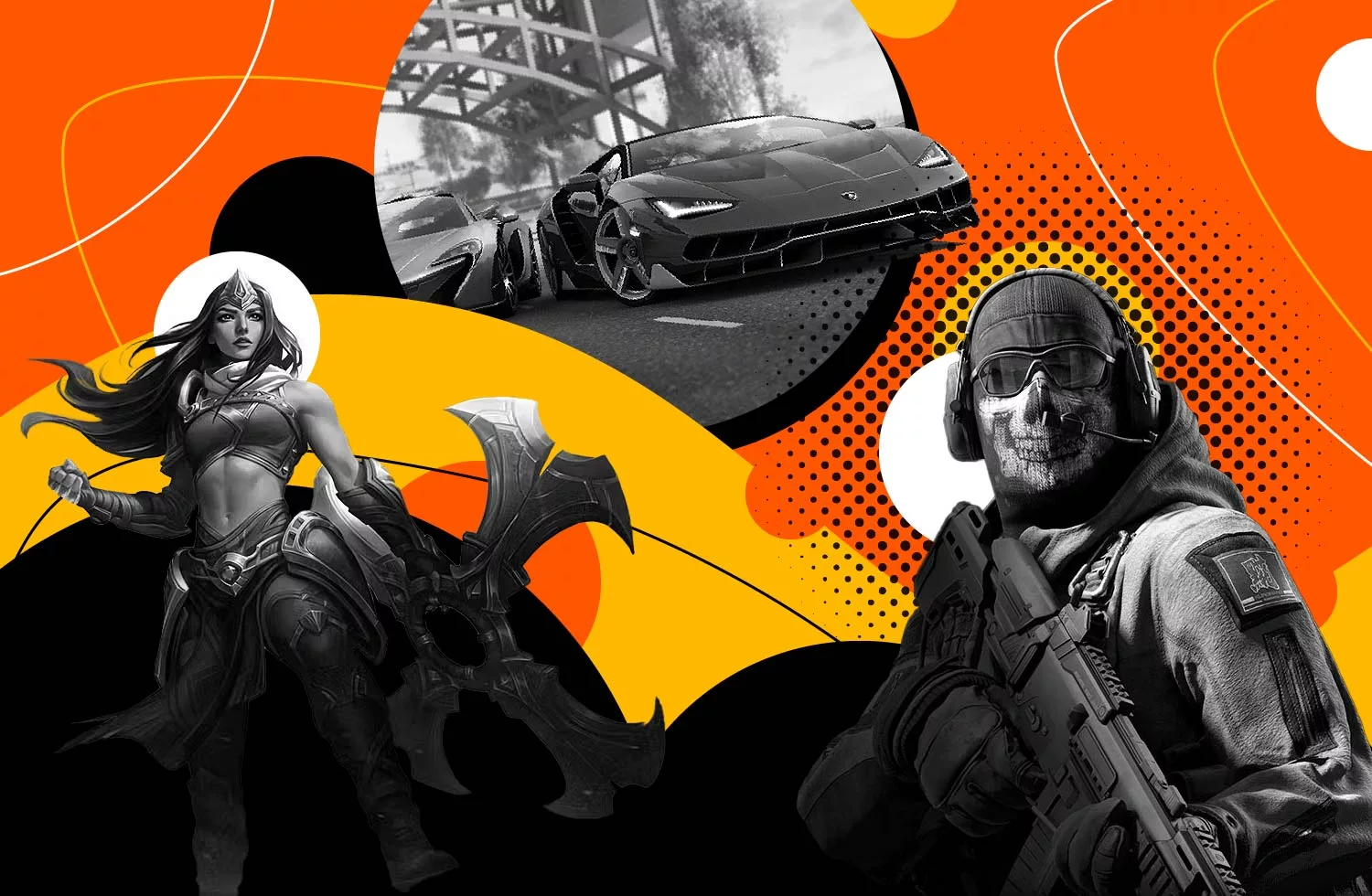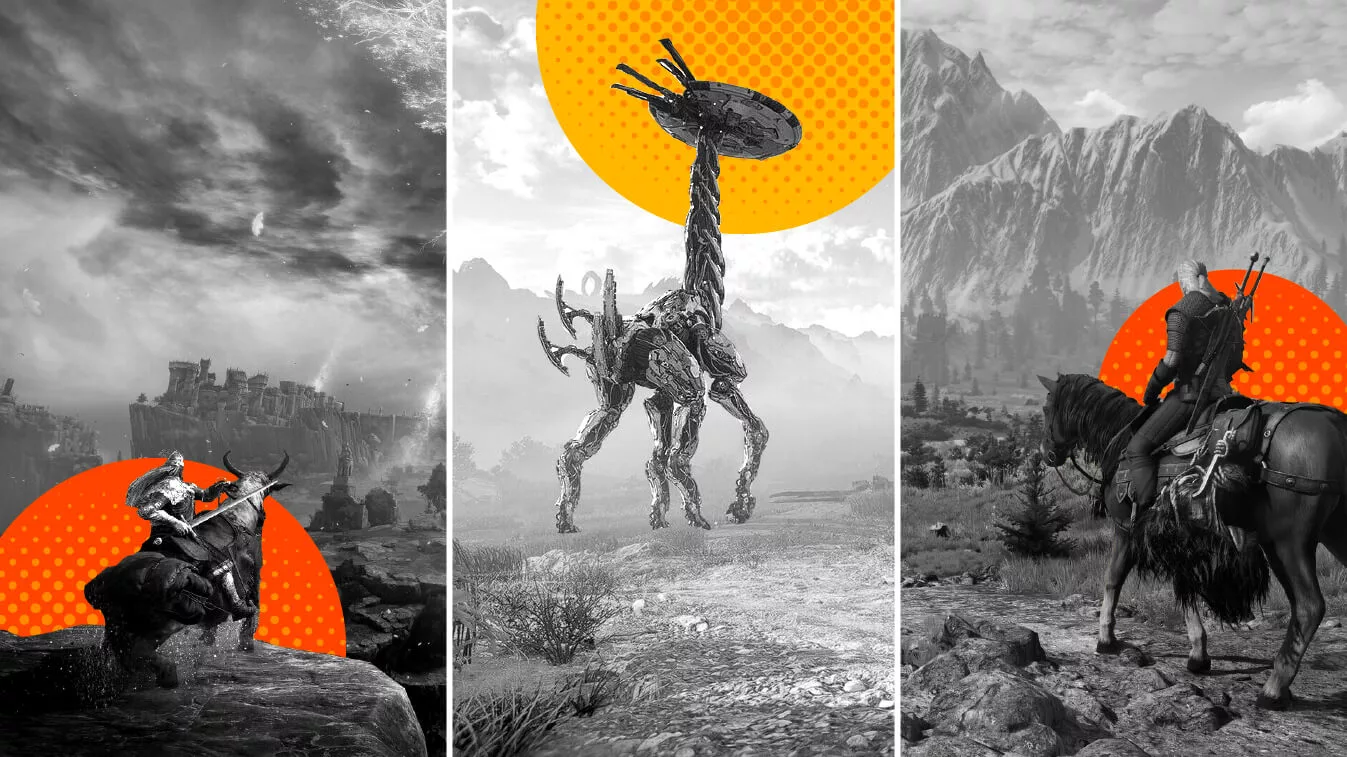
Japan was one of the first countries to invest heavily in the world of video games, and decades later, Japanese games are still going strong. The Japanese games industry is a huge and respected force, with titles enjoyed far outside the nation’s borders. For a long time, Asian games were synonymous with Japanese games, and while the success of modern Chinese video games has challenged this idea, Japan’s influence and success remain immense.
Two of the big three video game consoles we play today come from Japan, with many contemporary Western video games borrowing ideas first explored by Japanese developers. As we look back to nine generations of consoles, we want to explore ten of the best Japanese games you can play today.
The Top 10 Japanese Games
1. Super Mario Bros.
Starting with the big one, the original Super Mario Bros for the NES is the first video game many of us remember (even if not the actual first video game). SMB was a revelation in game design, playing a big part in the recovery of worldwide gaming following the crash of 1983. This 2D platformer made the Italian plumber a household name as he traveled through eight worlds, rescued the princess, and probably got banned from more than a few zoos thanks to his treatment of turtles.
2. The Legend of Zelda: Tears of the Kingdom
The latest installment of the game that popularized adventure gaming, Tears of the Kingdom for the Switch built on the smash success of Breath of the Wild. The open landscape of Hyrule saw a big update in this direct sequel, adding modified locations, new NPC friends and enemies, and evolved gameplay systems to enjoy.
3. Pokémon Red/Green
Called Red and Blue in the West, the original Pokémon Red and Green versions were the Japanese games that launched the most profitable franchise of all time. Trainers took the shoes of the character Red as he fought his pocket monsters, collected eight badges, faced the Elite four, and tried to catch ’em all. Going on to inspire MOBA games, fighting games, and a million toys, Pokémon was off to a running start with these titles.
4. Street Fighter 2
Even the biggest Street Fighter fan will admit the first title isn’t very good. The sequel, however, would set the stage for hundreds of fighting games for decades to come. With great characters, a variety of maps placed all over the world, and the accidental invention of combos, SF2 is still played competitively 25 years later.
5. Dark Souls
Demon Souls set the formula on PS3, but it was the multiplatform Dark Souls that took From Software’s Soulsborne subgenre to the mainstream. A challenging title with a huge amount of player customization in builds and approach, Dark Souls would raise the developer from “merely” successful to one of the biggest names in Japanese games.
6. Metal Gear Solid
Metal Gear Solid built off the more niche work of its non-Solid predecessors, with the leap to the PlayStation 1 creating the father of modern stealth gaming. Many players learned the hitscan meaning for weapons in this game, while also appreciating the effort that great voice acting and storytelling could do in a contemporary setting. This game solidified the genius of Hideo Kojima, though he has since left the company to work on other projects.
7. Super Mario 64
Like Dune 2 revolutionized RTS games and SMB revolutionized 2D platformers, it was Super Mario 64 for the Nintendo 64 that showed the world how much could be achieved in the world of 3D platforming. Mario 64 had the plumber travel through paintings to get to other worlds, collect stars, and offer a control scheme that’s still remarkably responsive by modern standards.
8. Final Fantasy 7
Perhaps predictably not the first game in the Final Fantasy series, but undoubtedly at the top of the list of Christmas videogames that players were excited to find under their trees. FF7 brought JRPGs to the West, delivering an epic story of eco-terrorism versus capitalist environmental destruction. The first 3D game in the series, FF7 was so successful that its remake trilogy illustrates some of the most anticipated titles for the PS5.
9. Super Smash Bros. Ultimate
The culmination of Nintendo’s platform fighters saw this release for the Switch land with the biggest roster yet. With 86 characters from series like Mario, Metroid, Metal Gear, Zelda, Street Fighter, and much more, Smash Ultimate lets us play out our dream arguments of who would win in a fight. The answer, it turns out, is usually whoever is controlled by the person with the most practice.
10. Resident Evil 4
The original Resident Evil 4 for the GameCube and PS2 brought over-the-shoulder third-person shooting to the masses. It was a big departure from the first three games and their static cameras and prerendered backgrounds, and the experiment paid off. Now enjoying a fantastically designed remake for the current-gen machines, RE4 and its pseudo roguelite Mercenaries mode live on, in all the game’s camp and quippy glory.
FAQs
Has Japan Created Famous Video Games?
Many of the most famous video games in entertainment history are Japanese video games. Series like Mario, The Legend of Zelda, Street Fighter, Pokémon, Final Fantasy, and the Soulsbourne games started in Japan, and have taken the world by storm.
What Games Are Set in Japan?
There are many hundreds of games set in Japan. Some popular games and series that lean on the Japanese setting include the Yakuza series, Ghost of Tsushima, Persona, and The World Ends With You. Many of these games use real settings, though fictional depictions are also common.
What is the Hardest Japanese Game?
The hardest video games are a matter of personal opinion, but commonly listed as the most difficult Japanese games are Contra (NES), Super Mario Bros 2 (the Japanese version), and more recently, any of the games in the Touhou series.
What is the Most Popular Game Genre in Japan?
Role-playing games have the upper hand in Japan. Popular RPGs in the country range from Japanese games, Western games, or Chinese games, though Japan also has its own subset within this genre that is called JRPGS, or Japanese Role-Playing Games.










